Top 5 Challenges in Conversational Marketing
Learn how executive-level marketers can scale personalization, ensure data privacy, integrate tools, measure ROI, and maintain consistency across channels.
Table of Contents
1. Scaling Personalized Conversations
2. Data Privacy and Compliance
3. Integration with Existing Systems
4. Measuring ROI and Effectiveness
5. Maintaining Consistency Across Channels
Conclusion
Conversational marketing is a new concept that has altered the ways that firms communicate with their clients and how they engage them. However, it is also notable that there are significant concerns that should be addressed to fully unlock the potential of social media marketing. In this article, we are going to focus on the five primary challenges of conversational marketing to help higher-level marketers address these challenges.
1. Scaling Personalized Conversations
The essence of conversational marketing is the ability to make specific and detailed appeals to customers, but adapting this to a large audience is a major issue. In conversational marketing, where the use of chatbots and other avatars or AI-based virtual assistants is common, it is challenging to ensure that every conversation is unique and personal. The main issue arises from the efforts to maintain the automatism of the process while not losing the individual approach to the customers.
To create a viable conversational marketing plan, it is important to use AI tools that analyze customer data in real time to enable organizations to provide individualized offers to customers. Conversational ABM (Account-Based Marketing) can also be integrated to create more targeted interactions for these target client accounts, guaranteeing that these premium clienteles are given the right level of customization that they anticipate.
2. Data Privacy and Compliance
Conversational marketing results in the accumulation of large volumes of data that pose serious questions about data protection and the law. The challenge of meeting demands such as GDPR and CCPA while simultaneously delivering valuable and engaging experiences is compelling. This is an issue that has to be dealt with by conversational marketing companies to ensure that they do not infringe the law as well as to ensure that consumers are protected in the process.
Stringent data management mechanisms need to be put in place. It is crucial that conversational marketing tools are developed with the capabilities to support compliance with international data protection rules. Sharing with customers how their data will be handled is also important, as it creates trust between the company and its customers.
3. Integration with Existing Systems
While conversational marketing tools can easily be adopted as standalone solutions, their integration with CRM, marketing automation, and analytics platforms can be complex. These integrations are essential in that customers get a consistent experience and conversational data is integrated into overall marketing programs. Nevertheless, integrating these channels always poses some challenges in the sense that the flow of the customer is interrupted, thus affecting their satisfaction.
An understanding of how the technology stack can be integrated successfully is necessary for a strategic approach. Choose conversational marketing companies that provide flexible APIs for integration and whose platforms integrate easily with your existing ones. Addressing these issues boils down to ensuring that the conversational marketing strategy developed by your team contains a detailed integration plan.
4. Measuring ROI and Effectiveness
It is agreed that one of the most challenging aspects for marketing professionals at the executive level is the evaluation of the ROI of conversational marketing initiatives. Quantifying the effectiveness of conversational advertising and marketing, as opposed to traditional marketing platforms, can be somewhat challenging most of the time. Lack of measurable goals creates problems, especially when trying to justify the costs of conversational marketing tools and tactics.
Ensure that the measures you have established for your SNA are specific and focused on your organizational goals. Others, such as satisfaction levels and numbers, involvement levels, and conversion levels, could also be of great help. The use of some advanced analytics that monitor conversational marketing patterns and customers’ engagements across channels can also assist in the process of proving the effectiveness of such processes.
5. Maintaining Consistency Across Channels
Thus, conversational marketing typically takes place across many channels: social media, websites, and messaging apps. One of the main difficulties of utilizing these channels is that it is often difficult to maintain a consistent voice, tone, and message. Contradictory information may create confusion among consumers, hinder product differentiation or branding, and thus reduce customer interest.
Set conversational marketing rules that explain what kind of language you will use to communicate with your audience. This challenge can be avoided by training the employees and integrating AI tools that enhance the standardization of the message across the channels. Furthermore, assessing and revisiting conversational marketing at frequent intervals will help the branding check whether the strategies it incorporates are still appropriate.
Conclusion
As for higher executive-level marketers, conversational marketing proves to be a powerful tool to improve the level of engagement and satisfaction. However, knowing how to scale things such as personalization, how to ensure data privacy, how to integrate the tools, how to determine the ROI, and how to be consistent is essential. Recognizing and dealing with these issues effectively allows organizations to maximize conversational marketing to achieve higher revenues and sustainable growth.
The implementation of these conversational marketing tips will prepare your organization for the future customer-focused economy.
Visit Our SalesMarkBlog Section to Uncover the Sales Strategies That Ignite Your Sales Journey!











